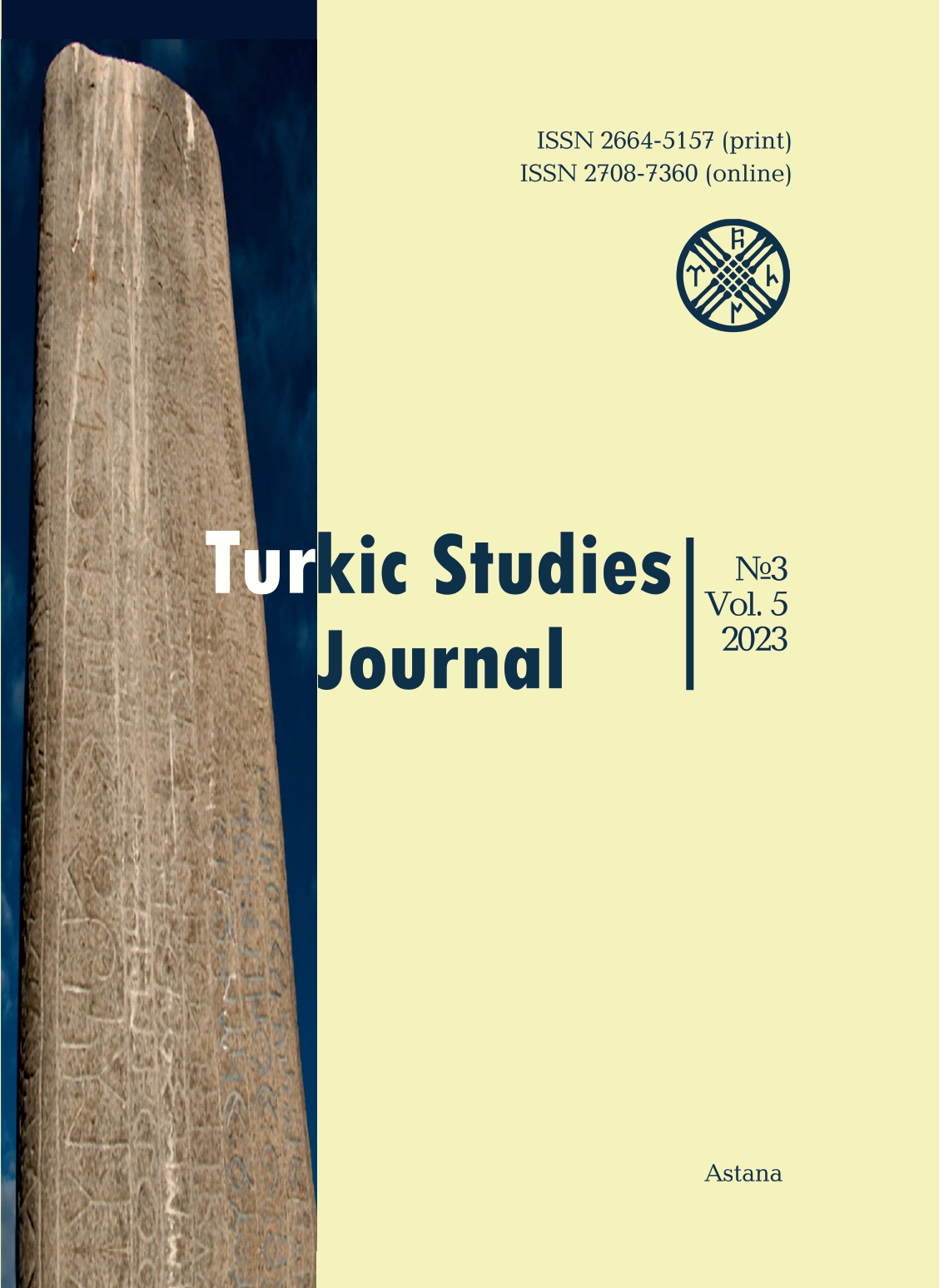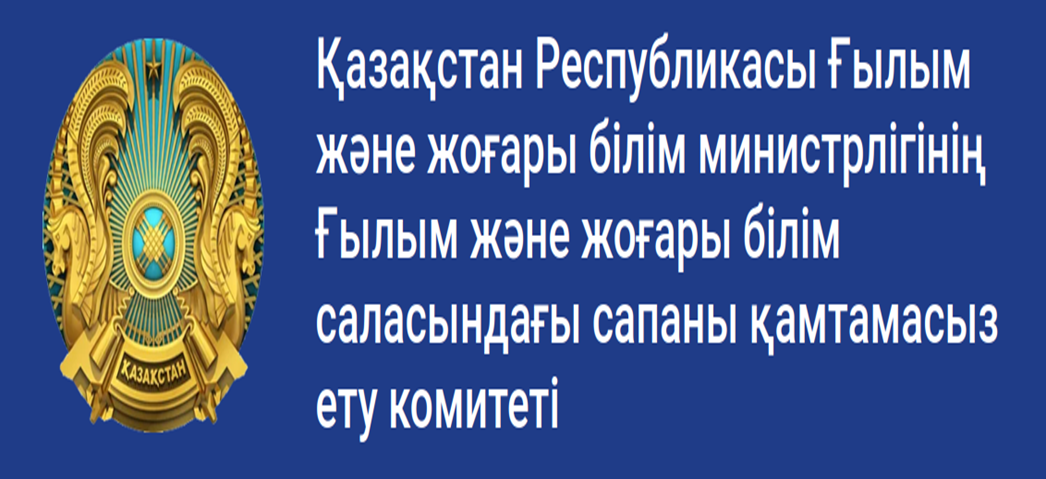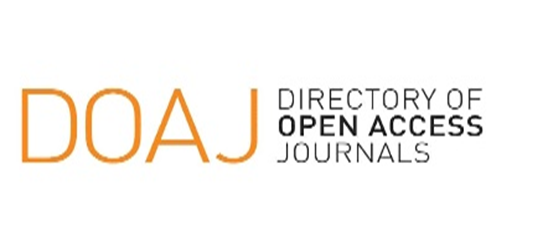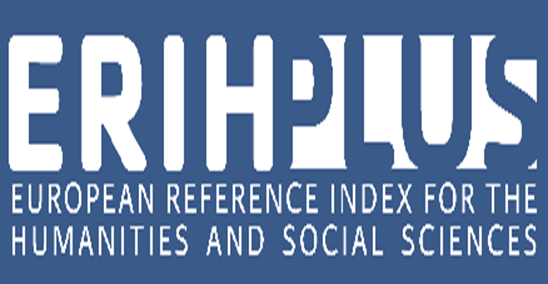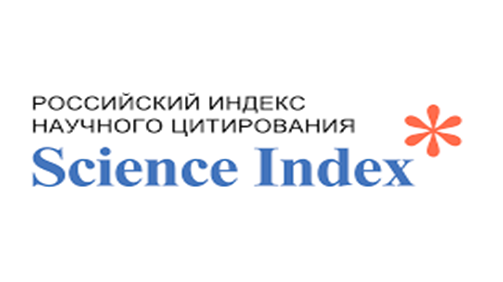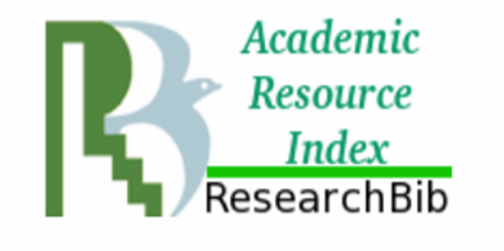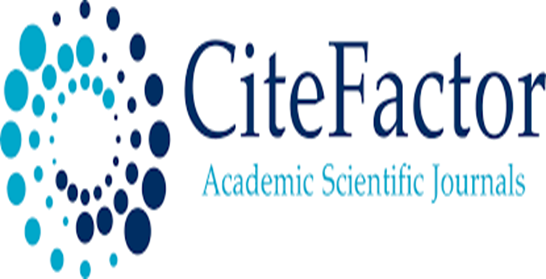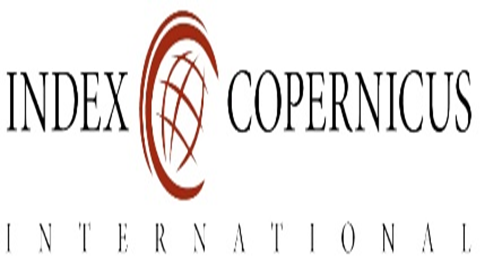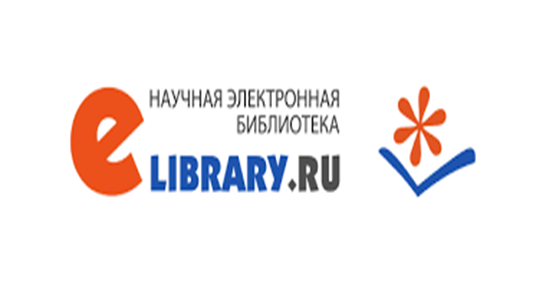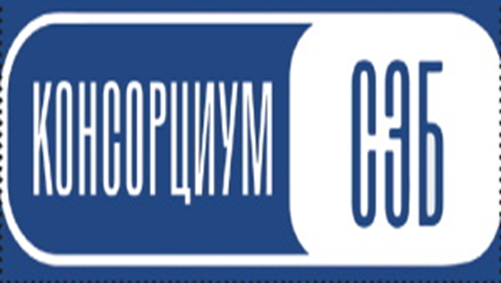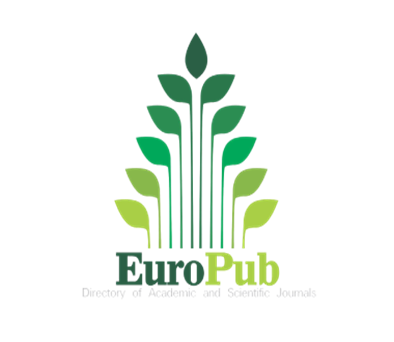Derivatives -či/čï in the medieval Kipchak manuscript Temür Qutlugh Khan’s yarliǧ
Views: 205 / PDF downloads: 192
DOI:
https://doi.org/10.32523/2664-5157-2023-3-136-145Keywords:
Golden Horde, manuscript of the Middle Ages, Temür Qutlugh Khan’s yarlïğ, derivatives, affix či/čï, semantic analysis, continuity, Turkic languages.Abstract
In 1397, Temür Qutlugh, Khan of the Golden Horde, issued the edict (yarlïǧ) to a local royal family in Crimea. In this medieval manuscript, the addresser mentions dozens of profession names, many of which are formed
with the help of the word-formative suffix (affix) -či/čï. The derivative -či/čï is a common word-formation affix in Old and modern Turkic languages, its origins are in the Proto-Altaic language. -či/čï is actively functioning in
both the early and late Middle Ages, which is also confirmed by the analysis of derived words in this specific manuscript. Historically, -či/-čï denoted a
person’s connection with a subject, an action, or a professional activity to which it attaches, and this word-formation meaning has also existed in this manuscript (bitigči, tartnaqčï, köprükči, etc.). The authors have made a semantic and etymological analysis of the generating bases of lexemes, identified the corpus of derived words denoting professions in the Golden
Horde, considered their syntagmatic and contextual compatibility, and concluded that derived words with derivatives -či/-čï in the vocabulary of Temür Qutlugh yarlïǧï, and their word-formation meanings have continuity with similar derivatives of modern Turkic languages.
Downloads
Reference
Айдаров Г., 1986. Көне түркі жазба ескерткіштерінің тілі. Алматы: Мектеп. 53 б.
Баскаков Н.А., 1981. Алтайская семья языков и ее изучение. Москва: Наука. С. 100-101.
Искаков Ж., Уали Н., 2011. Қазақ әдеби тілінің сөздігі VI том. Алматы: Издательский дом Арысь. Б. 469-470.
Искаков Ж., Уали Н., 2011. Қазақ әдеби тілінің сөздігі VII том. Алматы: Издательский дом Арысь. 590 б.
Искаков Ж., Уали Н., 2011. Қазақ әдеби тілінің сөздігі VIII том. Алматы: Издательский дом Арысь. 328 б.
Искаков Ж., Уали Н., 2011. Қазақ әдеби тілінің сөздігі X том. Алматы: Издательский дом Арысь. Б. 451, 454.
Искаков Ж., Уали Н., 2011. Қазақ әдеби тілінің сөздігі XII том. Алматы: Издательский дом Арысь. 513 б.
Искаков Ж., Уали Н., 2011. Қазақ әдеби тілінің сөздігі XIV том. Алматы: Издательский дом Арысь. 13 б.
Усманов M.A., 1978. А.Н. Самойлович и изучение актовых источников джучиева. Тюркологический сборник. Москва: Наука. Б. 259-260.
Berta Á., 1998. Middle Kipchak, The Turkic Languages, edited by Lars Johanson and Éva Á. Csató. New York: Routledge. P. 158-165.
Clauson G., 1972. An Etymological Dictionary of Pre-13th Century Turkish. (Oxford University Press, Oxford). available at http://s155239215.onlinehome.us/turkic/40_Language/ClausonEDT/Clauson_EDTPreface.htm (accessed 01.08.2023).
Doerfer G., 1982. “ALTŪN TAMḠĀ,” Encyclopaedia Iranica, Online Edition, available at http://www.iranicaonline.org/articles/altun-tamga-gold-mark-of-ownership-tk (accessed 01.08.2023).
Erdal M., 1991. Old Turkic Word Formation. Wiesbaden: Otto Harrassowitz. 111 p.
Favereau M., 2018. Tarkhan: A Nomad Institution in an Islamic Context, Revue des mondes Moslems et de la Méditerranée [Online], accessed August 10, 2023. URL: http://journals.openedition.org/remmm/10661; DOI: https://doi.org/10.4000/remmm.10661.
Geng S., 2005. 古代突厥语碑铭研究谈中世纪克普恰克文献《库曼语汇编》古代突厥语碑铭研究谈中世纪克普恰克文献《库曼语汇编. (Gu dai Tu Jue Yu Bei Ming Yan Jiu) (A Study of Old Turkic Inscriptions) Beijing: China Minzu University Press. 135 p.
Jankowski H., 2020. The Names of Professions in Historical Turkic Languages of the Crimea, Ottomans-Crimea-Jochids: Studies in Honour of Mária Ivanics, edited by István Zimonyi. Szeged: University of Szeged, Department of Altaic Studies. P. 165-180.
Karahan Kök N., 2020. Türkistan hanlïklarï yarlïklarïnda geçen vergi adlarï. TÜRÜK Uluslararasï Dil, Edebiyat ve Halkbilimi Araştïrmalarï Dergisi. P. 212-244.
Mierkamali A., 2001. 古代突厥语碑铭研究谈中世纪克普恰克文献《库曼语汇编》古代突厥语碑铭研究谈中世纪克普恰克文献《库曼语汇编》. (Tan Zhong Shi Ji Ke Pu Qia Ke Wen Xian «Ku Man Yu Hui Bian») [Talk About «Codex Cumanicus” in Qipchaq Literature during the
Middle Age]. Journal of Xinjiang University (Social Science Edition). Vol. 29, No. 3. P. 137-138.
Özyetgin A. M., 1996. Altïn Ordu, Kïrïm ve Kazan sahasïna ait yarlïk ve bitiklerin dil ve üslûp incelemesi. Ankara: Türk Dil Kurumu. P. 106-107.
Räsänen M., 1969. Versuch eines etymologischen wörterbuchs der Türksprachen.
Shaimerdinova N.G., 2022. The word formation potential of affixes in the ancient Turkic runic texts. Turkic Studies Journal. Vol.4, No.3. P. 118-127. DOI: http://doi.org/10.32523/2644-5157-2022-3-118-127.
Varasy I., 1977. Susun and Süsün in Middle Turkic texts, Acta Orientalia Academiae Scientiarum Hungaricae. Vol. 31, No. 1. P. 51-59.

